Second Set of the Earliest Chinese Characters
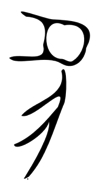
The modern form of this character is written as follow:
豸
zhý This is a picture for a general category of animals that
humans have never tamed or that at least can survive in the wild. Its
meaning is very broad in about the same way that we can use "cat" to
refer to lions, tigers, leopards, cougars, jaguars, and even animals
like civet cats. In Chinese class I sometimes say it means "critter,"
because we generally use that term for animals that we can't identify
clearly but that we suspect may be hunting our chickens or other
livestock.
The pronunciation of the Chinese word is like the first syllable in
"gerbil." The word "zhý" has a falling intonation as though you were
angry.
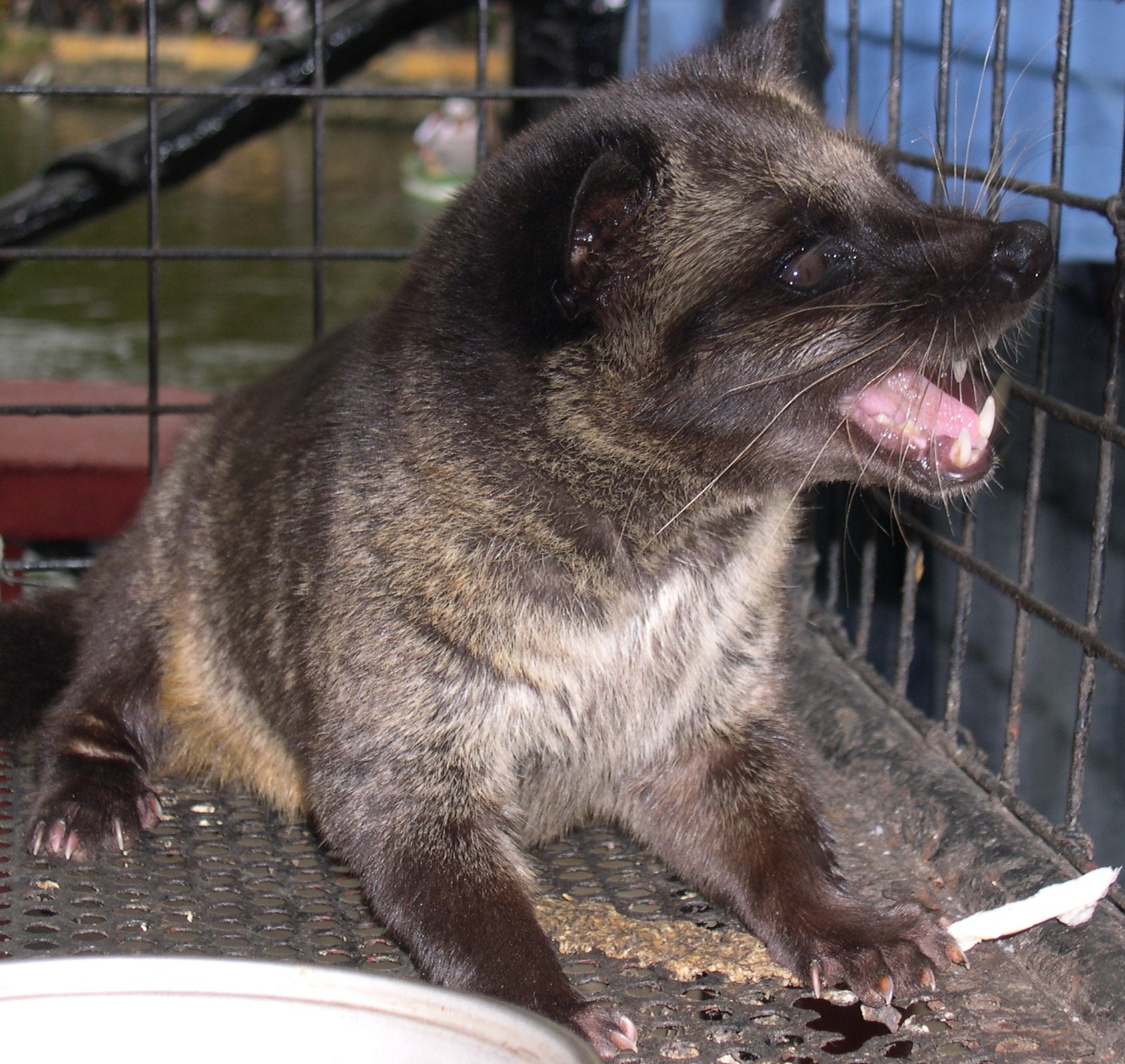

For source pictures and permissions information, go here and here. This is an Asian Palm Civet.
https://en.wikipedia.org/wiki/Asian_palm_civet.
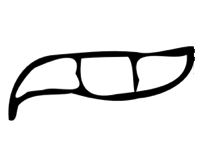
The modern form of this character is rotated 90░ and is written as
follow:
目
m¨ This word is pronounced about like "moo" and it has a falling
intonation, just like "zhý."
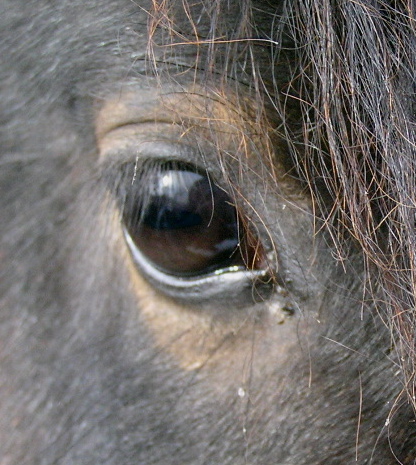
For source pictures and permissions information, go here.
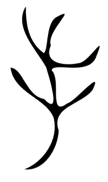
The modern form of this character is written as follow:
手
shǒu This word is pronounced about like "show." It has a dipping
intonation.
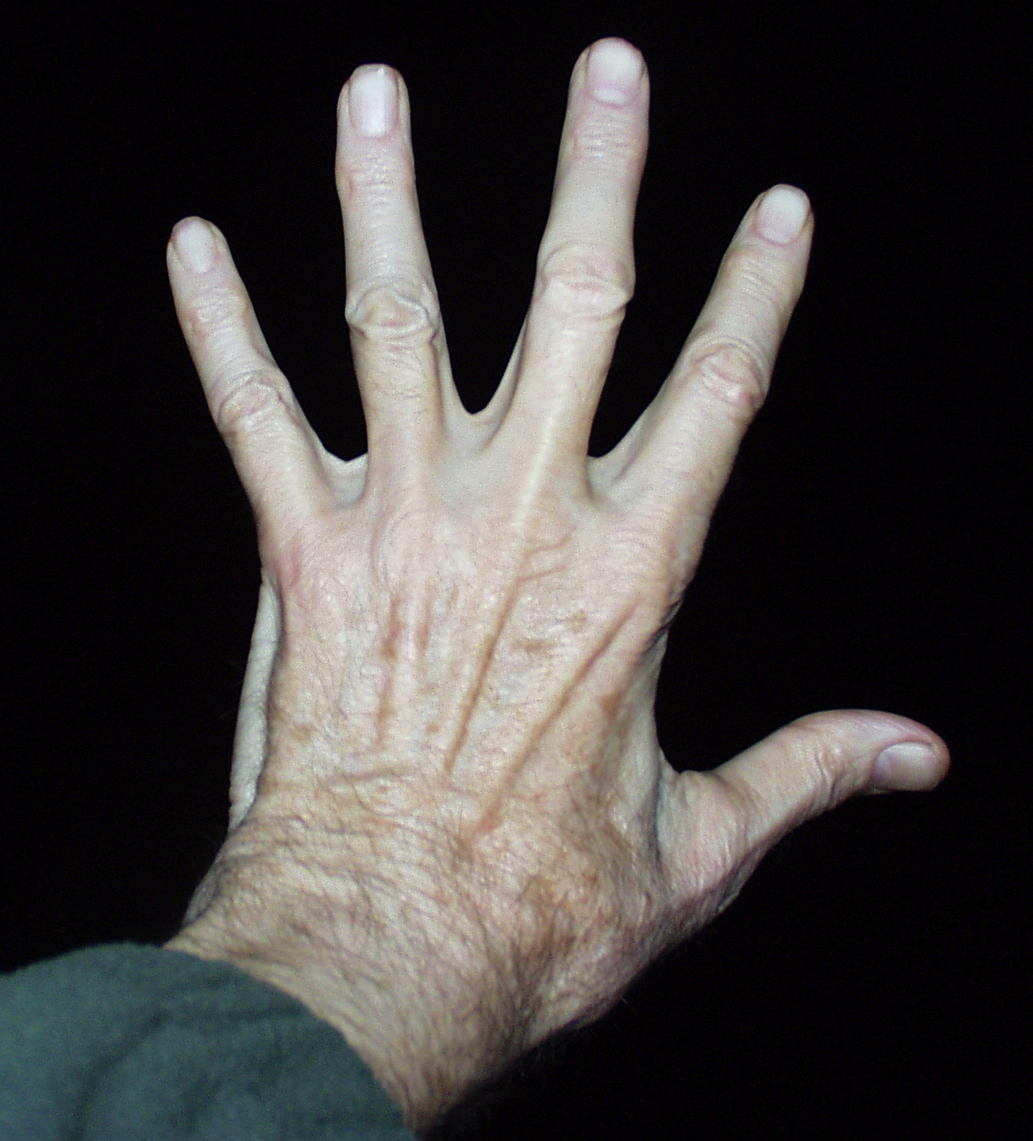
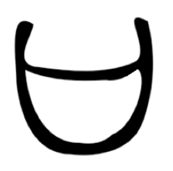
The modern form of this character is written as follow:
口
kǒu This word is pronounced about like the first syllable of the
former Secretary General of the United Nation, Kofi Annan, but it is
said with a dipping intonation.
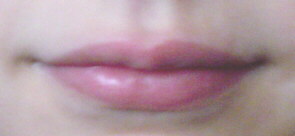
For source pictures and permissions information, go here.
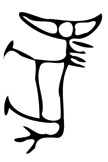
Notice the big eye that represents the whole head of this mammal. The
modern form of this character contains 目, which represents the eye, the
whole thing is rotated 90░, and it is written as
follow:
馬
mǎ This word is pronounced about like the English word "ma." It
is said with a dipping intonation.

For source pictures and permissions information, go here.
quiz Draw lines between the pictures and the characters that are
their names.

 kǒu
kǒu

 zhý
zhý

 m¨
m¨

 mǎ
mǎ

 shǒu
shǒu
Answers
(K-12_2)
guests

Beginning Lessons in K-12 Chinese by Patrick Edwin Moran is licensed under a Creative Commons Attribution-NonCommercial 4.0 International License.












 kǒu
kǒu
 zhý
zhý
 m¨
m¨
 mǎ
mǎ
 shǒu
shǒu